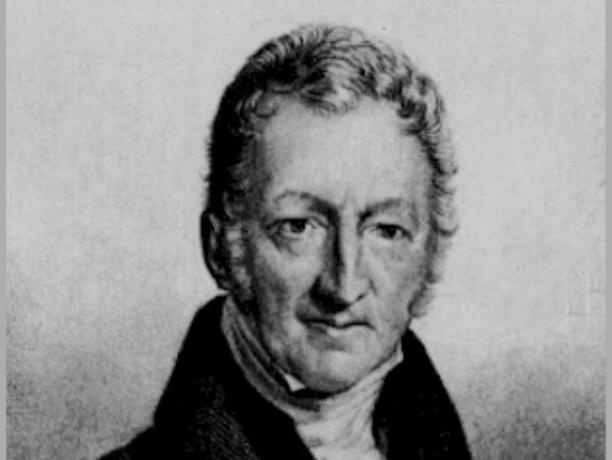Minotaur is a mystical creature that belongs to Greek mythology, represented by the figure of a man with the head of a bull and who lived trapped in a labyrinth on the island of Crete, Greece.

According to the legend that emerged in Ancient Greece, the Minotaur it is the fruit of the union between Pasifae, wife of King Minos, and a bull belonging to the god Poseidon.
The myth says that Minos asked Poseidon to help him become king of Crete. The god of the seas accepted Minos' request, on the condition that the future king would make the offering of a white bull that Poseidon would send from the seas. However, Minos was enchanted by the bull's beauty and, disobeying Poseidon, sacrificed another animal in the hope that no one would notice, not even the god.
Angered by Minos's act of disobedience, Poseidon decided to get revenge by making Pasifae fall in love with the bull and that out of this passion a child was born.
Terrified of the creature generated by Pasifae, Minos had a labyrinth built under his palace, with the aim of trapping the Minotaur.
After winning a war and subduing the Athenians, the king of Crete ordered that annually seven boys and seven girls be sent to the labyrinth to serve as a meal for the Minotaur.
After the sacrifice of many young people in Athens, a young Greek hero named Theseus offered to face the creature in the labyrinth.
With the help of a ball of yarn and a magic sword, given to him by Princess Ariadne (daughter of King Minos), Theseus managed to defeat the monster and find the way out of the Minotaur's labyrinth.
The Minotaur legend was one of the most propagated stories during Ancient Greece.
Minotaur and Centaur
Unlike the Minotaur, which has the body of a man with the head of a bull, the centaurs they are hybrid mystical creatures, half being human and the other half a horse. They are known for being wild and great archers, as well as being protectors of the forests.
Centaurs were also, and are, part of the Greek mythological imagery.
See also the Definition of Mythology.

